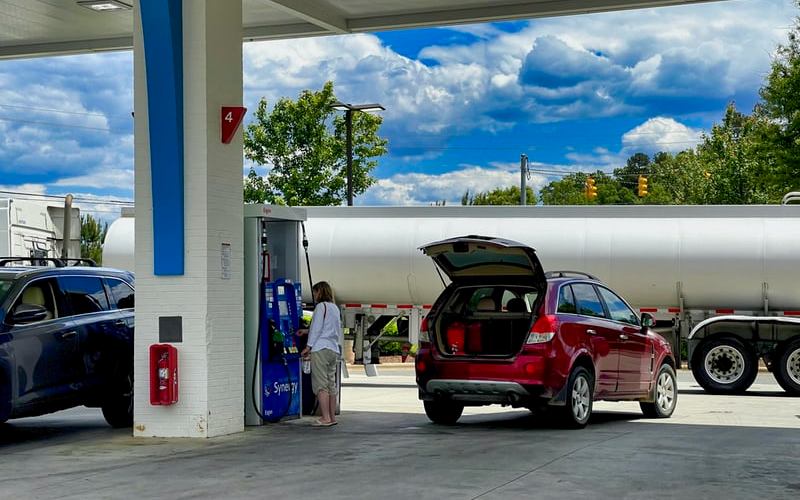Housing affordability is at its lowest level in at least three decades, as the cost of servicing a mortgage nearing a record high, PropTrack has found.
Households earning the median annual income of around $105,000 could afford just 13% of homes hitting the market over the last 12 months – the lowest portion since records began in 1995.
Those earning $64,000 each year can afford just 3% of homes sold on the market.
Meanwhile, an average-income household would need to spend a third of their income on home loan repayments if they were to buy a median-priced home – the largest share since the measure peaked in 1989.
“Mortgage interest rates have increased extremely rapidly from the record lows in 2020 and 2021, following Reserve Bank of Australia (RBA) rate hikes that began in May 2022,” said Angus Moore, PropTrack senior economist and co-author of the Housing Affordability Report.
“This has caused the sharpest increase in mortgage rates since the mid-1980s and has reduced borrowing capacities by as much as 30% for new borrowers.”
More than a third of Australian households own a home with a mortgage, according to Australian Bureau of Statistics (ABS) data.
“In August, home prices rose for the eighth consecutive month,” Mr Moore said.
“This means there are now far fewer homes for which mortgage repayments are affordable than was the case over the past few years.”
The PropTrack report revealed a typical recent borrower has seen their home loan repayments increase by as much as 50% since early 2022.
Recent research from Roy Morgan found a record 1.5 million Australian homeowners are at risk of mortgage stress, surpassing levels last seen during the Global Financial Crisis.
The findings come on the back of a dozen cash rate hikes put forward by the RBA over the last 15 months.
All eyes are on the central bank this week as its board prepares to meet again to decide on the cash rate movement on Tuesday.
While meeting home loan repayments is becoming increasingly difficult, so is saving for a deposit.
An average-income household would need to save a fifth of their paycheque for more than five and a half years to garner a 20% deposit, PropTrack found – a key challenge for first home buyers.
Homebuyers in NSW, Victoria, and Tasmania in particular have their work cut out for them.
Median-income households can afford just 7% of homes sold in NSW, the data business found. That figure comes to 9% and 5% in Victoria and Tasmania respectively.
Queensland and Western Australia are among the most affordable places to buy, however, with median-income households respectively able to purchase 16% and 22% of homes.
“Looking ahead, expectations that interest rates are close to their peak, and strong prospects for employment and wages may curb the rapid decline in affordability we’ve witnessed over the past year,” REA Group CEO Owen Wilson said.
“However, further home price growth will continue to pose affordability challenges for current generations and those to come.”
Mr Wilson said governments need to do more to increase housing supply in Australia, noting the National Cabinet’s agreement to build 1.2 million homes over the next five years “will barely cover Australia’s growing population over that period”.
He indicated streamlining the planning process for medium-density housing and axing stamp duty could help to increase housing supply and affordability.
Image by Harmen Jelle van Mourik on Unsplash

Ready, Set, Buy!
Learn everything you need to know about buying property – from choosing the right property and home loan, to the purchasing process, tips to save money and more!
With bonus Q&A sheet and Crossword!



 Hanan Dervisevic
Hanan Dervisevic
 Harrison Astbury
Harrison Astbury


